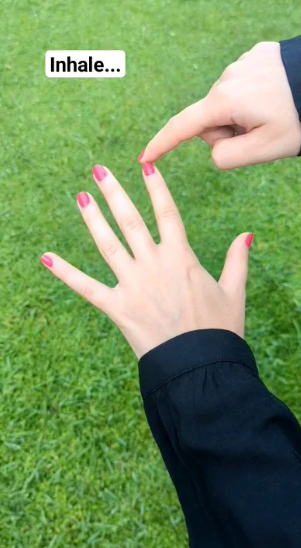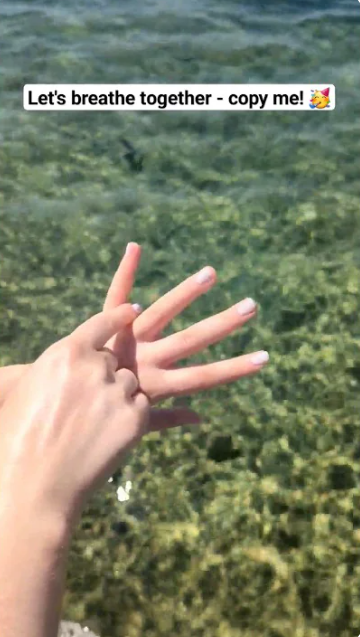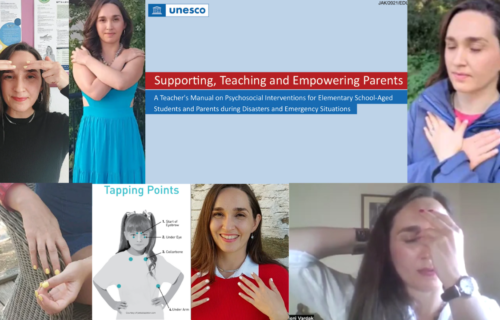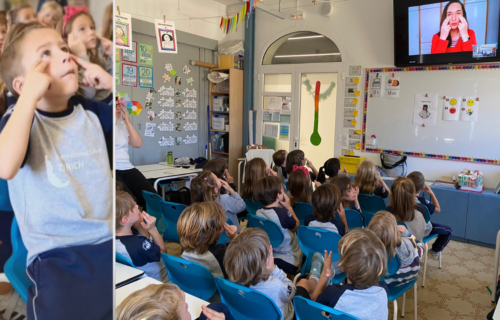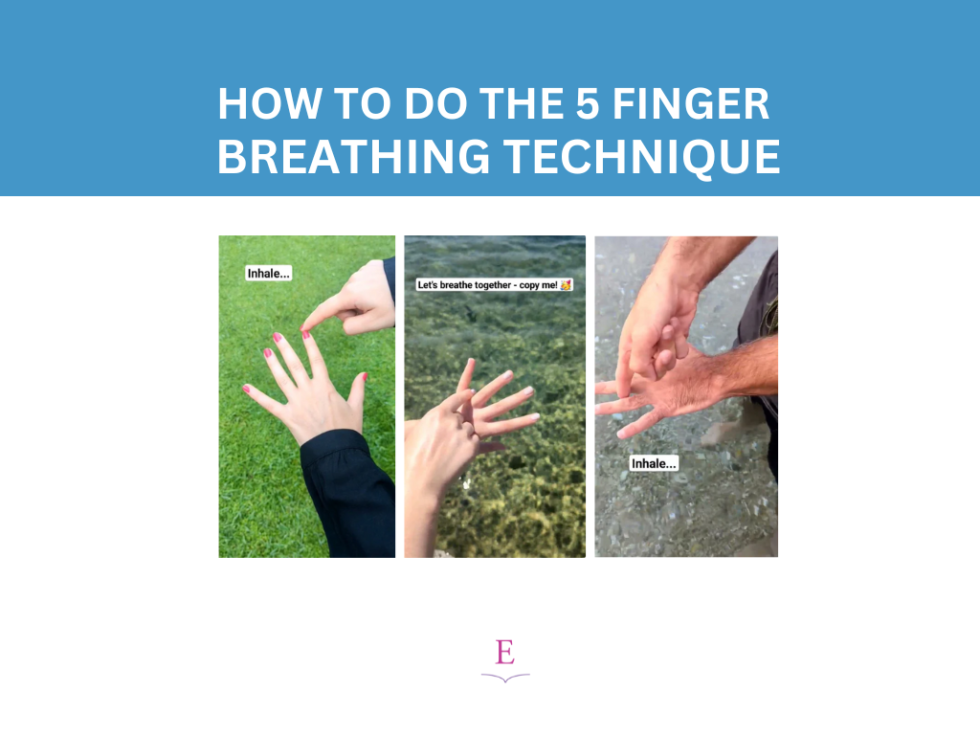
Mindful Breathing Technique for Relaxation
WHAT’S UP: When schools bring me in to do mindfulness-based Social and Emotional Learning (SEL) training for staff, one of the mindful breathing techniques I recommend to them is Five Finger Breathing. Or just ‘Finger Breathing’, because you could go on and do the other Five Fingers if you see the kids needs a bit more support to settle down and be ready to learn.
The Primary School kids I’ve supported in my 1:1 practice for stress and anxiety have found it helpful, as have some Middle School students. The feedback I got from kids is they find this one particularly helpful for anger management for when they felt angry in class or on the playground.
5 FINGER MINDFUL BREATHING EXPLAINED
I used to think that this Finger Breathing (or ‘Five Finger Breathing’) mindfulness practice was just for the little ones – but I was wrong!
A surgeon working for the Cleveland Clinic academic medical center over in the US recommended this deep relaxation technique for adults preparing for surgery.
(Watch Dr. Sheman explain how to this breathing meditation in this 2-minute video)
3 MINDFUL BREATHING RESOURCES FOR INDIVIDUALS AND SCHOOLS
So I started doing some research on it, and I realized psychologists and other specialists also teach this technique to their adult clients. And that’s where I started playing with ways of adding it to my own emotional hygiene practice for self-care.
And what I noticed is that while at the start I was more aware of the breathing aspect of the technique, over time and with practice, I started becoming more embodied in how I practiced. I started becoming more aware of the physical sensation of the finger tracing my hand, which I thought was interesting.
It gave me a somatic level of awareness of why my students – especially boys – often said this was one of their favorite stress management techniques for practicing under the table during the school day.
(Click on the image to watch on YouTube)
I also got a first-hand experience of how it can be helpful for anger management, and how easy it is to practice discretely when in public places. That helped me get a deeper insight on the feedback I was getting from the school-age learners I work with.
And seeing as boys particularly took to this mindfulness technique, I asked my partner if he could help me create a video that was inclusive for boys; I wanted them to see themselves (‘one of us’) in one of the demonstrations videos on my YouTube channel.
He agreed, and so we filmed a quick video for the boys while we were on vacation, which I’ve now turned into an educational video after we got back to Athens.
(Click on the image to watch on YouTube)
And then the final video we filmed this summer that I went on to turn into an educational resource was this quick and cheerful one for the little ones. It’s a bit more playful and has music that’s more age-appropriate for the little ones, whereas the previous two are more appropriate for teenagers and adults.
Having formerly worked as a classroom teacher, I remember wishing that there were more short, age-appropriate videos like these ones that I could share with students on the VLE for ‘homework’ (own work) practice.
Ones that were a bit more fun and modern, where we see people practicing these techniques out and about in daily life. Not just a video of someone talking to a camera behind closed doors. Because mindfulness breathing techniques are not meant for just once a week classes – they are meant to be integrated into daily life.
(Click on the image to watch on YouTube)
I think that the more we see people demonstrating these techniques when out and about in educational resources, the more we help normalize practicing trauma-informed, body based stress management techniques like these for people.
Here in Greece, it’s considered perfectly normal to see people smoking in daily life as a way to hit ‘pause’ and self-regulate when they’re stressed and anxious…why can’t we add Finger Breathing to the mix?
WHERE TO FROM HERE?
Thanks for visiting my website. You may want to Bookmark my website on your web browser so that you can come back to it whenever you want to revisit these activities.
If you want to receive my new videos, offers, and my Tapping for Self Care Guide (PDF) in your inbox, you can Subscribe to my newsletter.
About the author

Eleni Vardaki works with individuals, schools, and universities as a trainer and therapeutic coach supporting parent, teacher, and student well-being. She believes that if we care about student well-being, it makes sense to also care about the well-being of those who care for them. To book an obligation-free introductory meeting to see if it’s a match: eleni@elenivardaki.com

